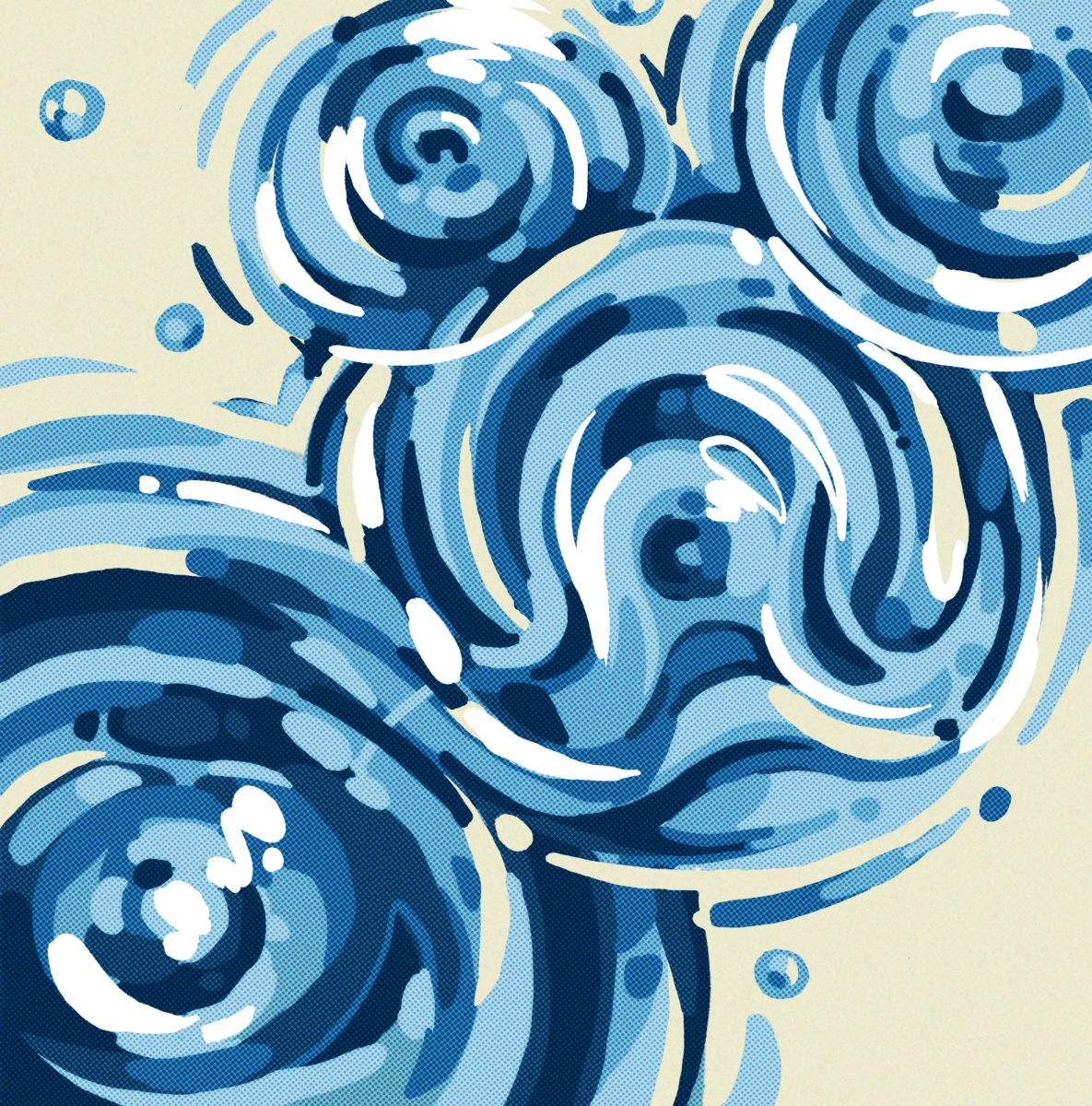European architecture has long been revered. From the Leaning Tower of Pisa to Buckingham Palace to the Pantheon, the buildings in Europe are often the most popular tourist attractions. As architecture has modernized, it is no surprise that European innovators are especially prominent in contemporary designs and infrastructure. An especially modern architect/engineer/designer/innovator has influenced Europe’s sustainability and architectural scene — Daan Roosegaarde.
Roosegaarde’s work is absolutely fascinating because it combines the world’s need for sustainable energy resources with the attraction of architecture. His studio has created the Smart Highway project. This project includes installation of energy-absorbing materials that emit light during the night, temperature-controlled marking lights that warn drivers when the road is slippery and an electric car lane that charges the cars while they are driving. Disbelief is a natural reaction to Roosengaarde’s ideas — it seems impossible that these designs can actually be executed. But they are real.
The energy-absorbing lining was implemented in the Dutch city of Nuenen, where Vincent van Gogh spent part of his life. Roosengarde arranged thousands of stones to illuminate a bike path in the city. The stones absorb energy from the sun during the day and emit the light at night, creating a glow-in-the-dark path that provides guidance to cyclists. Not only do the stones sustainably light the path, they are arranged to recreate the patterns in Starry Night by van Gogh. Based on pictures, the design is infinitely more creative and beautiful than the average street light.
Daan Roosegaarde also used his incredible knack for sustainability to create jewelry out of an air purifier, called the Smog Free Tower. At the press conference for the induction of the tower, Roosegaarde stated, “We invented the wheel and cars to liberate ourselves and travel. But now these machines are striking back, making air extremely polluted in high-density cities.” The Smog Free Tower is currently situated in Rotterdam, the Netherlands, and has completely shattered expectations for efficiency in the two months it has been running. The tower sucks air pollutants into a filter and compresses every 1,000 cubic meters of air into a resin tube. In the press release, Roosegaarde explained that the polluted air is filled with carbon, which can be compressed to form jewelry like the Smog Free Ring and Smog Free Cufflinks. The owners of these fine jewelry pieces can boast that they personally helped remove 1,000 cubic meters of contaminants from the air. The Smog Free Tower is portable and is expected to make appearances in Mumbai, Beijing and Los Angeles.
There is an overwhelming number of projects and designs that can improve the environment while also adding vibrancy and art to a city. Some sustainable energy resources, like windmills, have been deemed an eyesore and rejected by society. The sustainable street lights and air filters created by Roosengaarde improve the environment and are aesthetically appealing. Who wouldn’t want to cruise along a famous art piece on their bike, or support the environment by wearing beautiful jewelry?
The engineering feats of European designers are not exclusive to Europe. In fact, based on data comparing engineering publications and graduates around the globe, it seems more probable that environmental engineering projects like those of Roosengaarde would occur in the United States. According to data from the World Economic Forum, the U.S. ranks second in the number of engineering graduates produced. Data from the World Economic Forum does not include numbers from China or India, but research conducted by the Martin Prosperity Institute does. The Martin Prosperity Institute ranks countries around the globe in their Global Creativity Index (GCI). The GCI ranked the U.S. third in technological capacity, which includes research and development spending, total number of workers in research and development and the patents granted per capita. Additionally, the U.S. was ranked first in patents per capita. There is no shortage of engineers in the U.S. and there is definitely no shortage of creativity in the research field. Yet projects like Roosengaarde’s are nearly obsolete in the U.S.
This is because the majority of sustainability discussion is focused on large-scale projects that will eliminate the need for fossil fuels. This is incredibly important, considering the massive amount of oil our country consumes every year, but it tends to overshadow smaller projects that can also positively affect the environment. Roosengaarde’s ideas may be provincial, but they still reduce fossil fuel consumption and raise awareness of human impact on the earth. Green engineering is not limited to dam construction and solar panel tower implementation — it can be much subtler. It can be art, and it can be lovely. It can channel the beauty of nature into projects that reduce our impact on it. Engineering, art and sustainability do not have to exist as separate entities, and one entity does not have to third-wheel while the other two vibe. This is what Roosengaarde’s projects have shown — there is an undoubted amiability between successful engineering projects and art.












